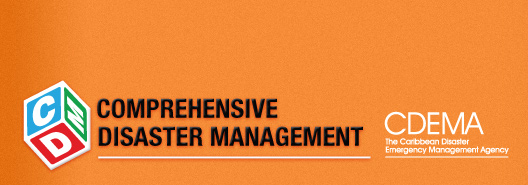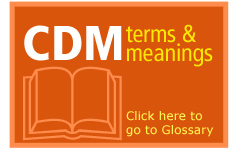|
Caribbean manufacturers face many threats on a daily basis. There’s the overseas competition, the rising price of oil and goods, the worldwide economic recession – just to name a few. The threat of a disaster may not be one that people in this business immediately consider, but it should be.
Disasters can cause operational and financial risks to the manufacturing industry and they can lead to safety and security hazards. Obviously, a disaster may damage infrastructure and equipment. However, you should consider that after a disaster, many business are looted and the machinery inside can be damaged or stolen, and it will need to be replaced. People who are needed to work in factories, stores or business can be hurt, or may not be able to come to work because their workplace was destroyed. If they are injured during a disaster while at work, they can pursue legal action.
It can become very costly to have to replace stolen or destroyed items. Money is also lost when work days have to be postponed or when structures like the ports are damaged.
If a country depends heavily on this sector to sustain the economy, a prolonged break in this industry, could be very negative. The manufacturing sector in the Caribbean is also very dependant on the agriculture sector, which is generally the most vulnerable to disaster.
In the world of disaster mitigation, a sound disaster preparedness plan for the manufacturing sector is the best insurance.
History
In 2008, a 7.9 magnitude earthquake, which struck to the northwest of Sichuan's provincial capital Chengdu in China, was the worst to hit China in 32 years. All types of production enterprises were affected by the disaster, especially coal mines, chemical plants and gas wells and had to immediately suspend production and evacuate staff.
How can I protect my Manufacturing Business?
- Be ready
- Learn all you can about the hazards that can affect you and your staff. Do this both internally and externally. Some businesses are more vulnerable to particular hazards and some are more common place than others. Ensure that you are prepared for all of these potential threats.
- Know what your company needs to function, both externally and internally.
- Know which staff, materials and equipment are absolutely necessary for the business to run. Then, create a plan to protect these things.
- Include an emergency payroll and accounting systems.
- This is to track and document costs in the event of a disaster and will be helpful, especially if you have insurance.
- Decide who will be in charge during a disaster.
- Make sure that everyone involved know their duty and others are trained in order to provide back-up help.
- Identify your suppliers, shippers, resources and other businesses that you need for your business to function.
- Then, develop a plan for what you can do in case these resources aren’t available. This way, your business won’t have to close if places aren’t accessible.
- Plan what you will do if your building, plant or store is not accessible.
- This type of planning is often referred to as a continuity of operations plan and includes all aspects of your business. Consider if you can run the business from a different location or from your home.
- Review your emergency plans annually.
- Just as your business changes over time, so do your preparedness needs. When you hire new employees or when there are changes in how your company functions, you should update your plans and inform your staff.
- Talk to co-workers with disabilities.
- If you have employees with disabilities ask about what kind of help they’ll need. They may need separate plans. People with disabilities typically know what assistance they will need in an emergency.
- Have an evacuation plan ready.
- Practice this plan throughout the year so that all employees are familiar with it.
back to top
|












